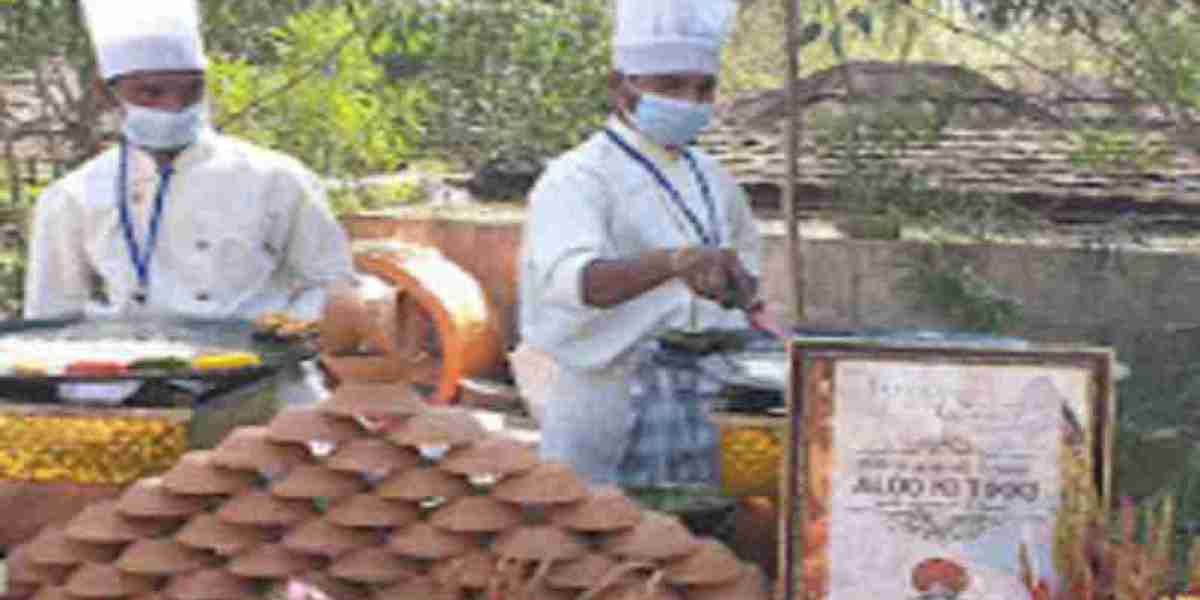Termites may be small, but they can cause massive destruction to homes and buildings. Each year, these silent invaders are responsible for billions of dollars in property damage worldwide. If your home has suffered from a termite infestation, quick action and expert termite damage restoration are essential to restoring structural integrity and preventing further issues. In this article, we’ll explore everything you need to know about termite damage restoration, from identifying the damage to restoring your property and preventing future infestations.
Understanding Termite Damage
Termites feed on cellulose, the main component of wood. Over time, they can chew through beams, flooring, walls, and even furniture. The damage is often hidden until it's severe, making early detection and intervention crucial.
Signs of Termite Damage:
- Hollow-sounding wood when tapped
- Sagging floors or ceilings
- Bubbling or peeling paint, similar to water damage
- Mud tubes on walls or foundations
- Discarded wings near windows or doors
- Tiny holes in drywall or wood
Once termite activity is confirmed, immediate steps should be taken to eliminate the infestation and begin the termite repair process.
The Termite Damage Restoration Process
Termite damage restoration involves more than just exterminating the pests. It includes repairing structural and cosmetic damage to ensure your home is safe, sound, and looks as good as new.
1. Termite Inspection and Extermination
Before restoration can begin, a licensed pest control professional must conduct a thorough termite inspection. This helps assess the extent of the damage and ensure the termites are fully eradicated.
Treatments may include:
- Liquid termiticides
- Termite baiting systems
- Fumigation, depending on the severity of the infestation
Only after the infestation is eliminated should termite repair efforts begin.
2. Damage Assessment
A contractor or termite damage restoration specialist will evaluate the structural and cosmetic damage to your home. This may involve:
- Inspecting framing, support beams, and subflooring
- Checking doors, windows, and baseboards
- Assessing drywall, paint, and wallpaper conditions
Damage may range from superficial to structural, affecting the cost and scope of repairs.
3. Structural Repairs
If termites have compromised the structural elements of your home, immediate repairs are necessary. This could involve:
- Replacing damaged wood framing, joists, or studs
- Reinforcing weakened flooring or roofing systems
- Installing metal supports or treated lumber to deter future infestations
A structural engineer may be required for serious damage to ensure repairs meet local building codes and safety standards.
4. Cosmetic Repairs
After the structure is stabilized, cosmetic restoration brings your home back to its original condition. This phase may include:
- Replacing or patching drywall
- Painting and finishing walls and ceilings
- Installing new trim, molding, or flooring
- Replacing affected doors or cabinetry
Cosmetic repairs not only improve aesthetics but also help seal any access points that termites could exploit in the future.
Preventing Future Termite Infestations
The key to long-term peace of mind is prevention. After restoring your home, consider implementing the following termite prevention strategies:
1. Regular Termite Inspections
Schedule annual termite inspections with a licensed pest control company. Early detection is critical to avoiding expensive repairs.
2. Moisture Control
Termites thrive in damp environments. Fix any plumbing leaks, maintain proper drainage, and use dehumidifiers in crawlspaces or basements.
3. Wood Treatment
Treat exposed wood with termite-resistant products or borate-based wood preservatives. This is especially important during renovations or restorations.
4. Landscaping Adjustments
Keep soil, mulch, and woodpiles away from the foundation of your home. Trim vegetation and maintain proper clearance around the perimeter to reduce termite access.
5. Barrier Systems
Install physical or chemical barriers in vulnerable areas, especially if you live in a termite-prone region. These barriers can help deter future invasions.
Cost of Termite Damage Restoration
The cost of termite damage restoration varies depending on the extent of the infestation and the amount of damage. On average, homeowners can expect to pay:
- $500 to $3,000 for minor repairs
- $3,000 to $10,000+ for significant structural damage
- $1,500 to $5,000 for termite extermination and treatment
Investing in timely restoration and prevention is always more affordable than waiting until the problem escalates.
Choosing a Termite Damage Restoration Specialist
Not all contractors are experienced with termite-related repairs. When selecting a termite restoration professional, consider the following:
- Licensed and insured in your state
- Experience with termite damage repairs
- Positive reviews or referrals
- Willingness to work with pest control companies
- Provides a detailed estimate and timeline
A skilled termite restoration contractor will ensure your home is safe, functional, and protected from future infestations.
Final Thouthts
Termite damage can be a nightmare for homeowners, but with prompt action and professional termite damage restoration, recovery is possible. From thorough inspections and extermination to structural and cosmetic repairs, each step in the process plays a crucial role in protecting your investment. Don’t wait until the damage worsens—if you suspect termites, contact a pest control and restoration specialist immediately. Your home—and your wallet—will thank you.














